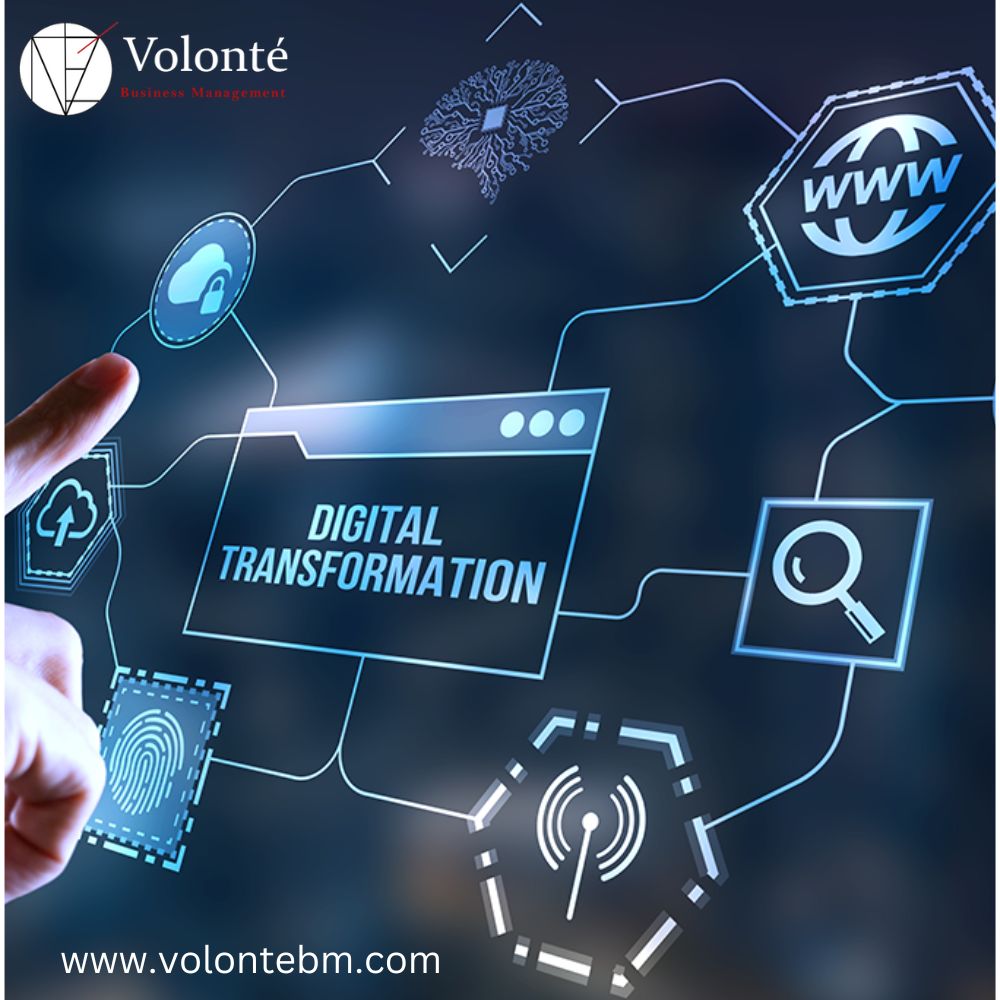How do you foster inclusion in digital transformation?

To foster inclusion in digital transformation, organizations must ensure that the process of transforming their operations is done with respect and consideration for the diversity of their workforce. This entails creating an environment where all employees feel valued and respected, regardless of gender, race, or other characteristics. Also, organizations should strive to build a culture of openness and accountability by encouraging feedback from employees on their experiences with digital transformation. Additionally, organization should ensure that the digital transformation process is accessible to all employees, regardless of their individual abilities or disabilities. This can be done by considering the needs of different types of users when creating tools and technologies, as well as providing training and support for those who are not familiar with the changes. Furthermore, organizations should develop policies and procedures to ensure that digital transformation takes into account the needs of all employees. Finally, organizations should strive to create a sense of belonging by creating opportunities for collaboration across all levels of the organization, from senior leadership to front-line staff. This can be done through tools such as mentoring programs, team building exercises, and open forums where employees can share their experiences with the digital transformation process. By fostering an inclusive environment in which all employees can contribute to the success of the organization, digital transformation is more likely to be successful and sustainable. At every step of the digital transformation process, organizations should consider ways to measure their success in order to accurately assess progress. This could include collecting data from employees on their experience of the process, conducting surveys to gauge satisfaction with digital solutions, and analyzing customer feedback. By regularly monitoring progress, organizations can identify areas for improvement and take steps to ensure that digital transformation is continuing to meet objectives. Organizations should also strive to recognize and reward those who are champions of diversity and inclusion during the process of digital transformation. This could be done through public acknowledgement, awards, or other incentives to ensure that employees are encouraged to continue to practice open and inclusive behaviors. Doing so will help foster a culture of respect and understanding, leading to improved employee engagement and better digital transformation outcomes.
Adapting to the rapidly changing technology landscape: Challenger opportunity?

As technology continues to rapidly change and advance, it brings both challenges and opportunities for businesses. On one hand, these changes can be daunting and require significant investments in time and resources to keep up with. However, on the other hand, they also present exciting possibilities for growth and innovation. In this document, we will discuss the challenges and opportunities that come with adapting to the rapidly changing technology landscape, and how businesses can navigate this ever-evolving environment. Challenges The fast-paced nature of technology means that businesses must constantly adapt and evolve in order to stay relevant. This can be a challenge for many organizations, especially those with limited resources or expertise in the tech industry. Here are some common challenges faced by businesses when adapting to the changing technology landscape: Keeping up with new technologies and trends As technology evolves, it can be difficult for businesses to keep pace with all the latest developments. This requires a significant investment in time and resources, as well as a willingness to constantly learn and evolve. Integrating new technologies into existing systems Introducing new technologies into an organization’s existing systems and processes can be a complex and time-consuming task. It often requires significant changes to infrastructure, training of employees, and potential disruptions to daily operations. Cybersecurity threats With the increasing use of technology comes an increase in cybersecurity threats. Businesses must constantly stay on top of the latest security measures to protect their data and systems from potential breaches. Opportunities While adapting to new technologies can present challenges, it also opens up a world of opportunities for businesses. Embracing and leveraging these opportunities can lead to growth, innovation, and competitive advantage. Here are some examples of how technology can create opportunities for businesses: Improved efficiency and productivity New technologies such as automation, artificial intelligence, and cloud computing can greatly enhance the efficiency and productivity of businesses. They can help streamline processes, reduce manual labor, and free up time for employees to focus on more strategic tasks. Enhanced customer experience Technology has revolutionized the way businesses interact with their customers. From online shopping to personalized marketing, technology allows businesses to provide a seamless and personalized experience for their customers. Global reach With the internet and digital tools, businesses are no longer limited by geographical boundaries. They can reach a global audience and expand their customer base, opening up new markets and opportunities for growth. Data-driven decision making Technology has made it easier for businesses to collect, analyze, and use data to make informed decisions. This allows them to identify trends, understand their customers better, and tailor their strategies accordingly. Technology is constantly evolving, and businesses that fail to keep up with the pace risk falling behind their competitors. Embracing technology can bring numerous opportunities for businesses to grow, innovate, and stay ahead in today’s fast-paced and digital world. By investing in the right technologies and staying updated on the latest trends, businesses can reap the benefits of increased efficiency, improved customer experience, and global reach.
